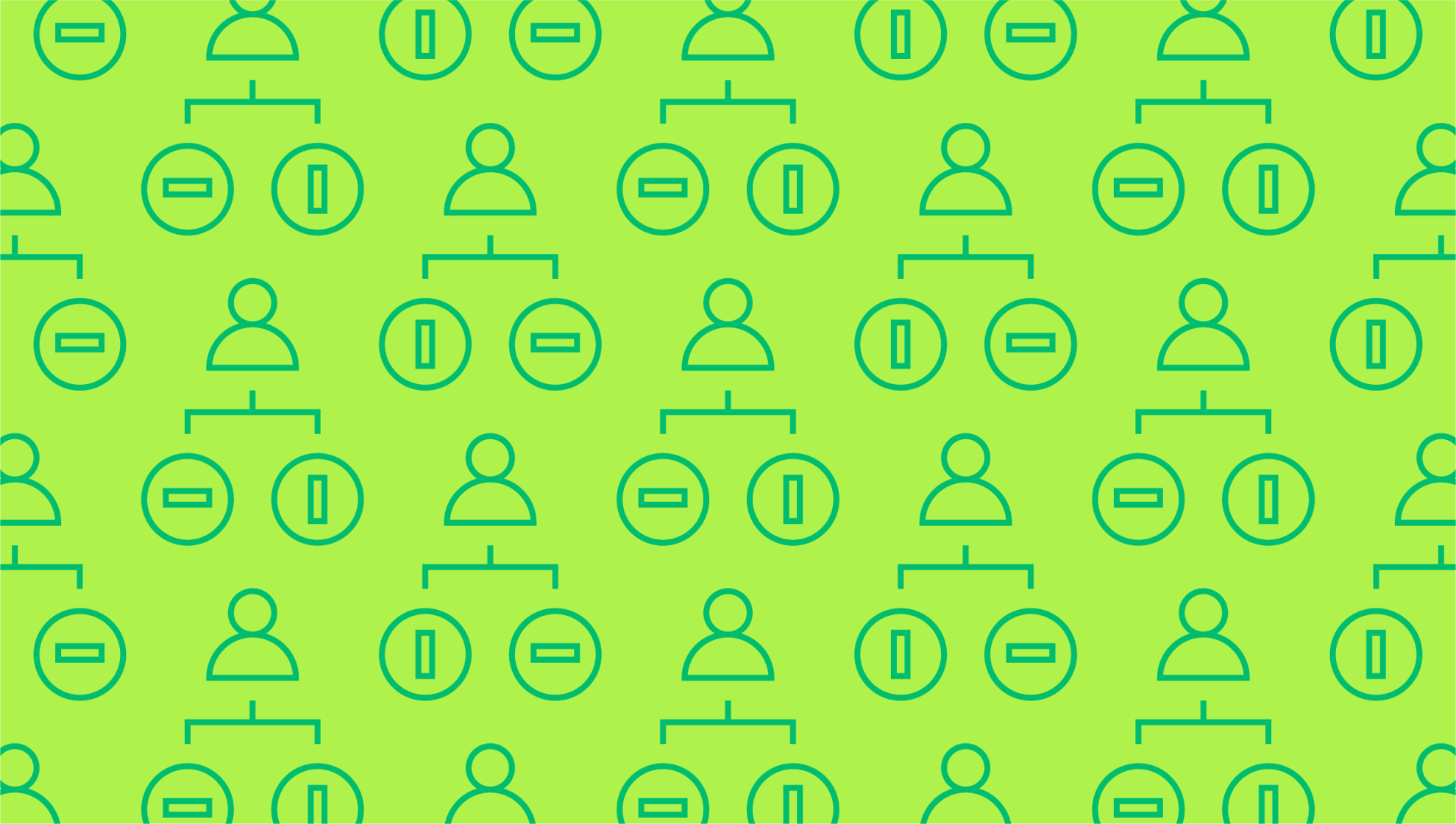Last editedApr 20213 min read
When adhering to accounting standards for your business, you’ll need to apply the revenue recognition principle. It’s important to keep track of the latest compliance standards to ensure you’re meeting all regulations correctly. Here’s what SaaS businesses need to know.
What is revenue recognition?
The revenue recognition principle is relatively simple; it merely refers to the process of converting cash received into official ‘revenue’ for accounting purposes. If you’re selling physical products or goods, you can often record the cash received as revenue immediately. However, it gets a bit more complicated with SaaS accounting because you’re often dealing with subscription models.
For an example of deferred revenue recognition, imagine that a customer has signed an annual contract to use your services at a rate of $500 per month. Although you’ve made a $6,000 sale, it will be received in increments throughout the year which means you can’t recognise that full $6,000 immediately. Instead, you would usually recognise the $500 received each month, until the contract reaches its end point.
This is a typical example of how SaaS businesses receive income. The business model charges customers upfront for services delivered over time. Your business must track both the cash received as well as the revenue recognised.
Cash vs. accrual basis revenue recognition
The specific revenue recognition procedure to use will depend on whether you use a cash or accrual basis of accounting.
Cash basis revenue recognition
The example we gave above – a business recognising each monthly subscription payment as it’s received – is the cash basis of accounting. With cash basis revenue recognition, revenue and expenses are recognised at the time of payment. When a payment is received, it’s added to the ledger as revenue. When expenses are incurred, they’re subtracted from the ledger as expenses. It doesn’t take accounts receivable into account. As outstanding invoices are paid, they’re recorded.
For businesses with no inventory, this offers a few benefits. It’s a simple system that makes it easy to track cash flow in real-time. You only report payments that you’ve received as taxable income. However, for larger or more complicated businesses with physical inventory this often doesn’t paint the full picture of revenue.
Accrual basis revenue recognition
The second option is to use accrual accounting to recognise revenue. With accrual accounting, revenues and expenses are recorded when they’re earned, whether or not you’ve physically received the cash.
For example, take the same subscription service from above. The business would record the full $6,000 as revenue for the year at the time the contract was signed, even though the cash would flow through in monthly instalments. The benefit of the accrual basis is that it gives a more accurate picture of profit over time, allowing you to forecast future revenue. The downside is that it also requires more complicated bookkeeping, and you run the risk of being taxed on money you haven’t yet received.
A new set of accounting standards
The revenue recognition principle is included in the U.S. Generally Accepted Accounting Principles (GAAP), regulated by the Financial Accounting Standards Board (FASB). Australian businesses adhere to the International Financial Reporting Standards (IFRS), regulated by the International Accounting Standards Board (IASB).
But with so many businesses conducting cross-border trade, it makes sense to create a new international standard that merges the two. The result is the new ASC 606 revenue recognition standard, established jointly by the IFRS and FASB in 2014. This new framework aims to create an international standard, which is particularly important for SaaS businesses offering cloud-based services abroad.
The five-step model for revenue recognition
The new framework gives five easy steps to follow for revenue recognition.
Identify the contract
Identify the performance obligation
Determine the transaction price
Allocate the transaction price
Recognise revenue
Along with these five steps, there’s also a set of criteria that must be met to recognise cash as revenue. This includes the following prerequisites:
Risks and rewards have been transferred from the seller to the buyer
The seller no longer has control over the service or goods sold
The payments are collectable
The revenue can be measured
Revenue recognition summary for SaaS businesses
So, what does this all mean for your business? This will depend on the type of services you provide but could include an impact on the timing and value of revenue recognised. The general revenue recognition summary states that revenue can be recognised when a business can reasonably expect to be compensated due to a transfer or promised goods or services.
The new standards eliminate industry-specific guidance, expanding disclosure requirements at the same time. To prepare for these accounting changes, you should make sure to keep meticulous records and determine whether cash-based or deferred revenue recognition makes more sense.
We can help
GoCardless helps you automate payment collection, cutting down on the amount of admin your team needs to deal with when chasing invoices. Find out how GoCardless can help you with ad hoc payments or recurring payments.

